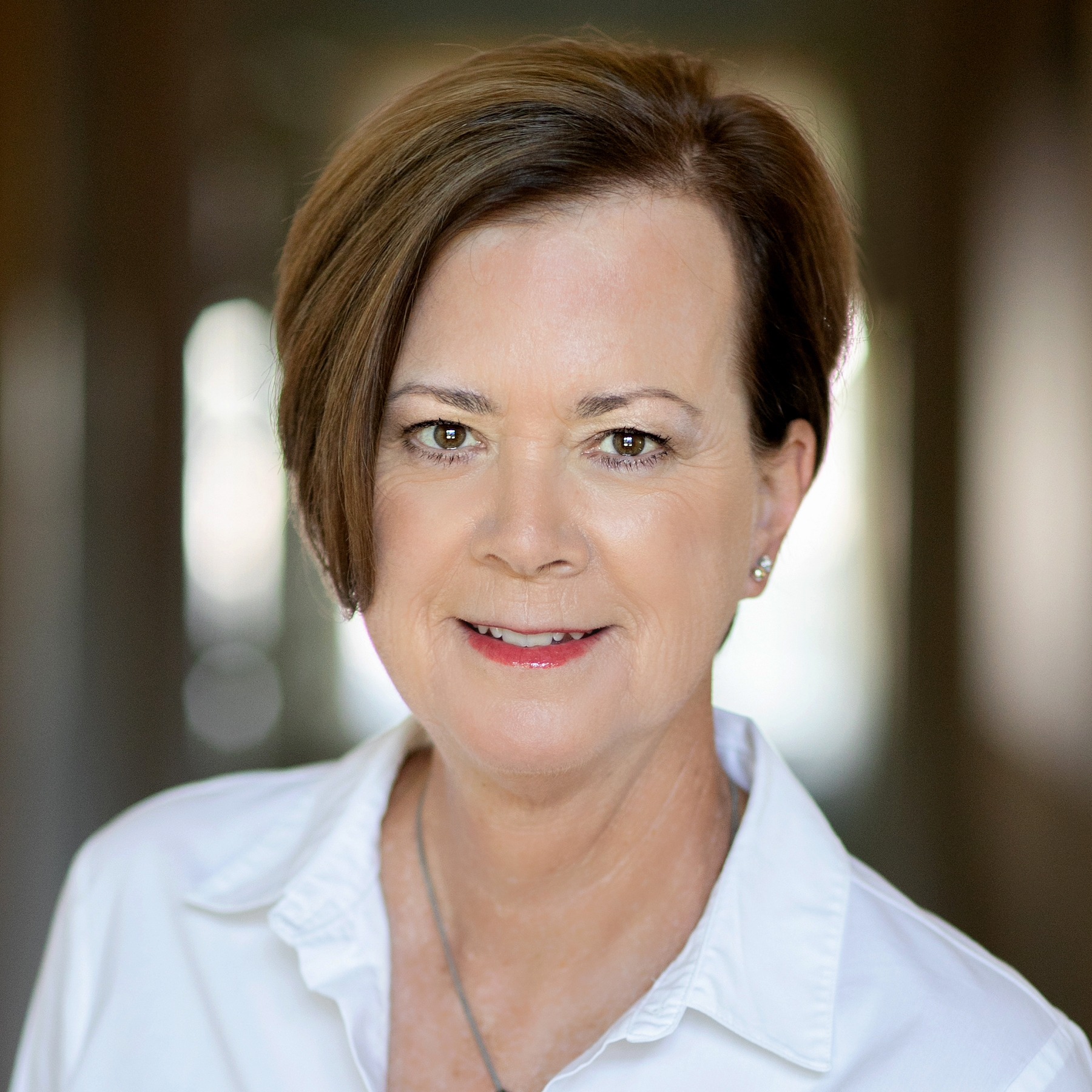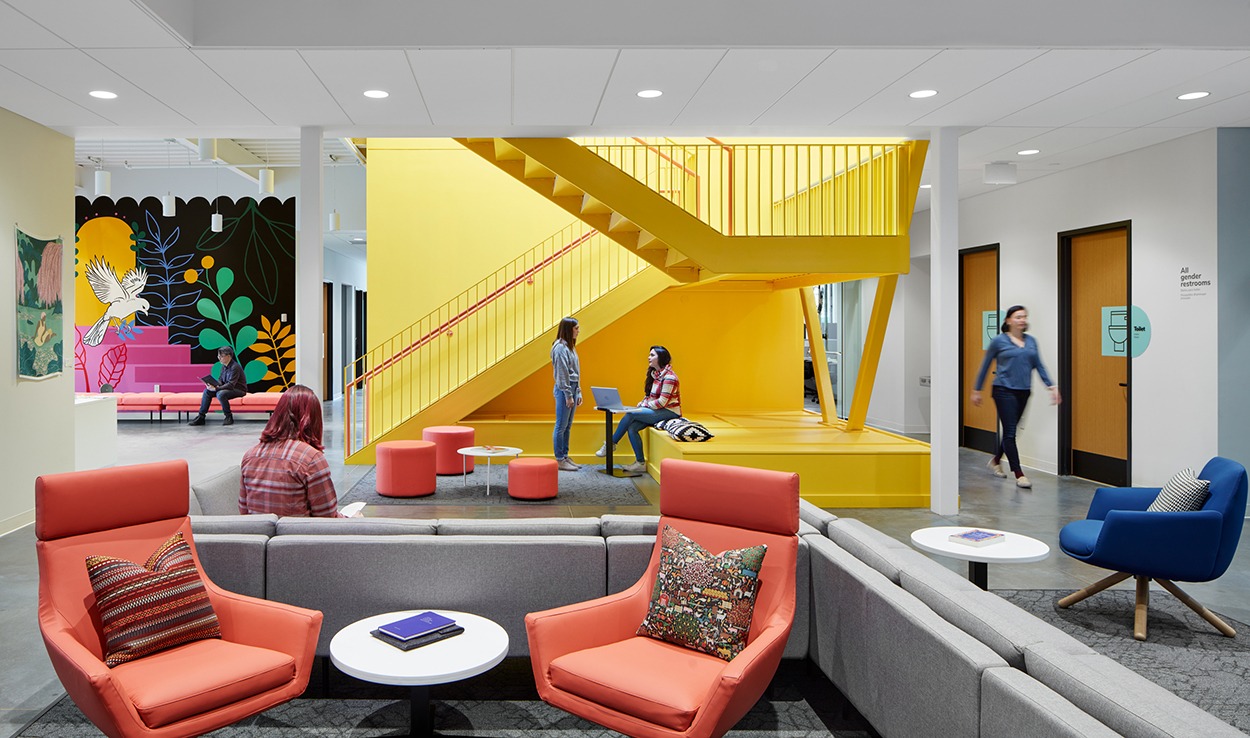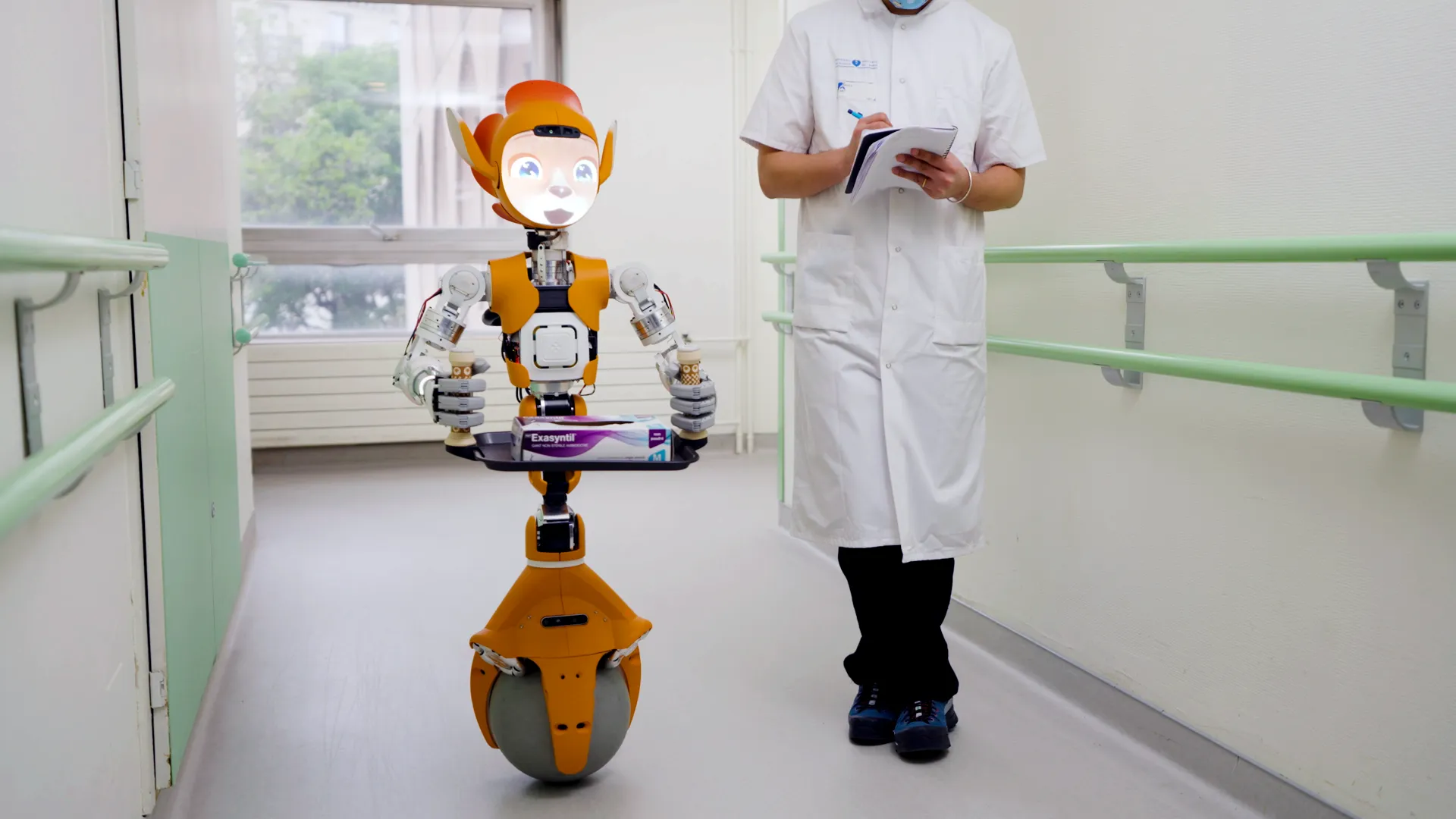
Were they ever? Perhaps. But what active living means to my parents, who are moving into independent living in a senior living community, is probably different than what it will mean for me. Or for my 20-year old son when he becomes senior citizen.
My son's generation is so wired that active living for them in 40 or 50 years may be something like the holodeck on the Space Ship Enterprise in the "Star Trek" television show/films. We're closer to that than you may think, as New York Times reporter Nick Bilton explains in a blog post earlier this year.
In addition to designing senior living communities that encourage life-long learning and active engagement, I think it will be important to be able to personalize those experiences. In other words, understanding that not every individual wants to engage in the same way.
For example, if you're an introvert like me, you may not want to dine with others every meal or have social engagement with people all day long. Being an introvert doesn't mean you don't like people or can't talk to them. It just means your natural tendencies aren't to do this all the time.
So, as Kasey points out, creating smaller spaces for more intimate groups is important. Also spaces for privacy, relaxation, and interacting with technology. Although it's quite likely that the seniors of the future will interact with technology where ever they happen to be.
What kind of senior living community or housing do you want to live in?
P.S. Please do me a favor -- if you liked this post and like this blog, please share it with others by sending them the link and/or post it on your Twitter, LinkedIn, or Facebook, etc. Also, don't forget to subscribe, so you'll get emails when new content is posted. Thanks!






